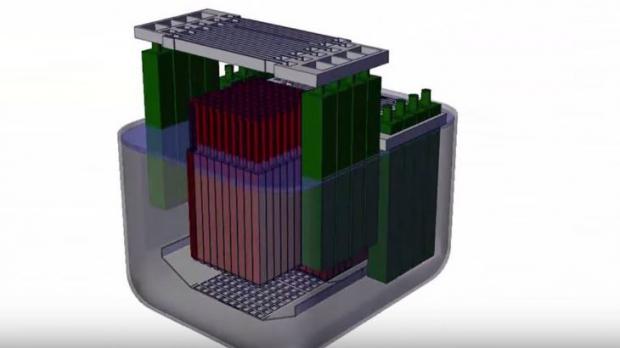
Breaking News
 The 3 Reasons Behind US Plot to Depose Venezuela's Maduro – Video #254
The 3 Reasons Behind US Plot to Depose Venezuela's Maduro – Video #254
 Evangelicals and the Veneration of Israel
Evangelicals and the Veneration of Israel
 Zohran Mamdani's Socialist Recipe for Economic Destruction
Zohran Mamdani's Socialist Recipe for Economic Destruction
 BREAKING: Fed-Up Citizens Sue New York AG Letitia James for Voter Intimidation...
BREAKING: Fed-Up Citizens Sue New York AG Letitia James for Voter Intimidation...
Top Tech News
 Goodbye, Cavities? Scientists Just Found a Way to Regrow Tooth Enamel
Goodbye, Cavities? Scientists Just Found a Way to Regrow Tooth Enamel
 Scientists Say They've Figured Out How to Transcribe Your Thoughts From an MRI Scan
Scientists Say They've Figured Out How to Transcribe Your Thoughts From an MRI Scan
 SanDisk stuffed 1 TB of storage into the smallest Type-C thumb drive ever
SanDisk stuffed 1 TB of storage into the smallest Type-C thumb drive ever
 Calling Dr. Grok. Can AI Do Better than Your Primary Physician?
Calling Dr. Grok. Can AI Do Better than Your Primary Physician?
 HUGE 32kWh LiFePO4 DIY Battery w/ 628Ah Cells! 90 Minute Build
HUGE 32kWh LiFePO4 DIY Battery w/ 628Ah Cells! 90 Minute Build
 What Has Bitcoin Become 17 Years After Satoshi Nakamoto Published The Whitepaper?
What Has Bitcoin Become 17 Years After Satoshi Nakamoto Published The Whitepaper?
 Japan just injected artificial blood into a human. No blood type needed. No refrigeration.
Japan just injected artificial blood into a human. No blood type needed. No refrigeration.
 The 6 Best LLM Tools To Run Models Locally
The 6 Best LLM Tools To Run Models Locally
 Testing My First Sodium-Ion Solar Battery
Testing My First Sodium-Ion Solar Battery
 A man once paralyzed from the waist down now stands on his own, not with machines or wires,...
A man once paralyzed from the waist down now stands on his own, not with machines or wires,...
Moltex Nuclear Would Work in a World With Abundant Solar Energy

SSR (Stable Salt Reactor) will meet the cost objective, comfortably, through intrinsic safety and simplicity.
From over 90 applications, New Brunswick Power selected the Moltex Stable Salt Reactor – Wasteburner (SSR-W) as one of two reactors it intends to build at the Point Lepreau site. Moltex has completed the submission to Vendor Design Review phase 1 (VDR1) with the Canadian Nuclear Safety Commission, Moltex will soon move on to VDR2 and then to the application for the necessary licenses. Moltex is on track to having an operational reactor by 2030.
In November, 2020, Moltex Energy signed a Memorandum of Understanding (MOU) with NB Power and ARC Canada to work collaboratively to find synergies by establishing a small modular reactor vendor cluster in New Brunswick.
Moltex is developing a 300 MW reactor that is fueled by recycled nuclear waste, contributing to clean energy targets and reducing legacy waste. In tandem, it is developing energy storage technology so its reactor can be used as a 900 MW peaking plant, to complement intermittent renewable energy sources.
"Static" molten salts in fuel pins was rejected by ORNL because convection of fluids would be unreliable in an aircraft due to gravity's impact on reactor being variable during flight.



